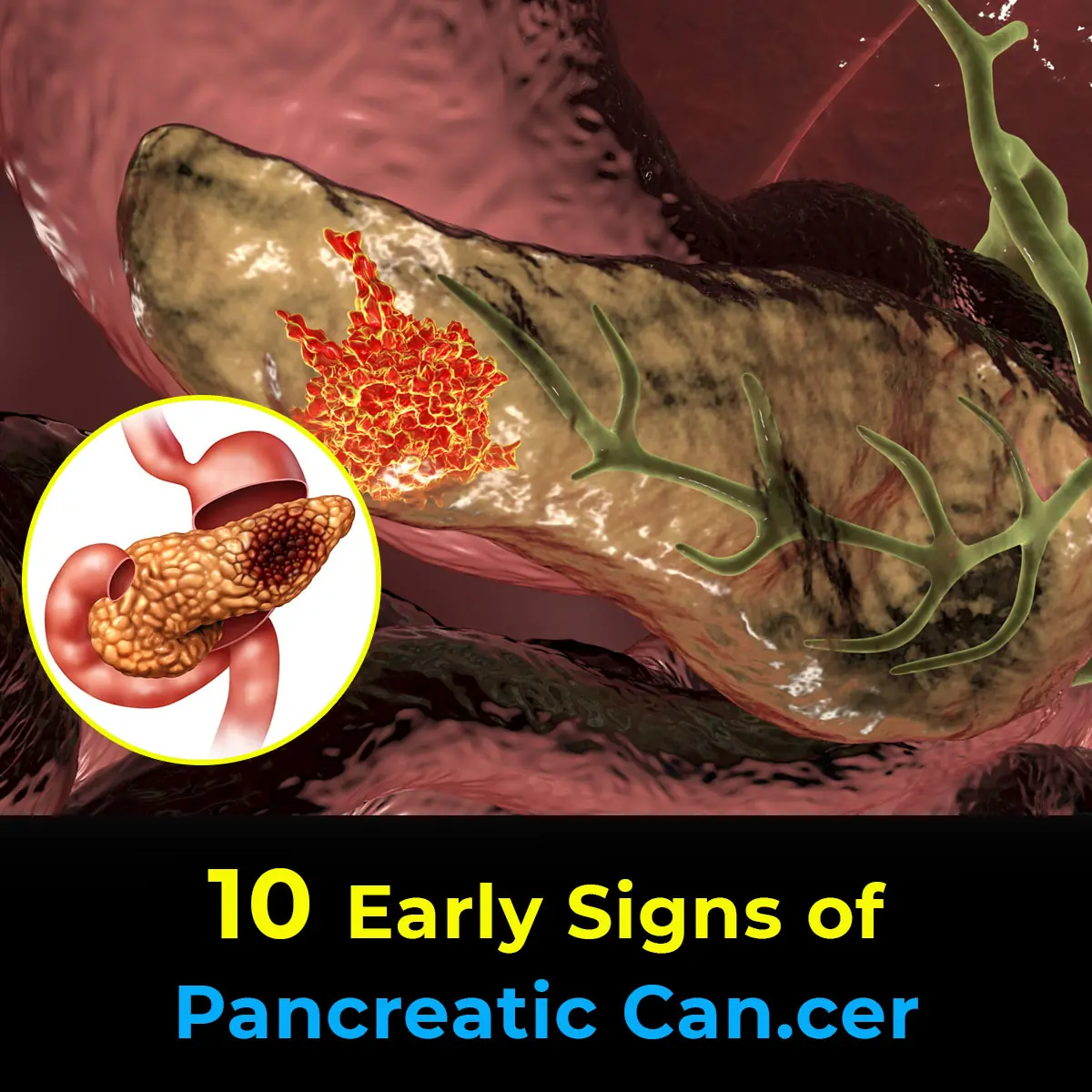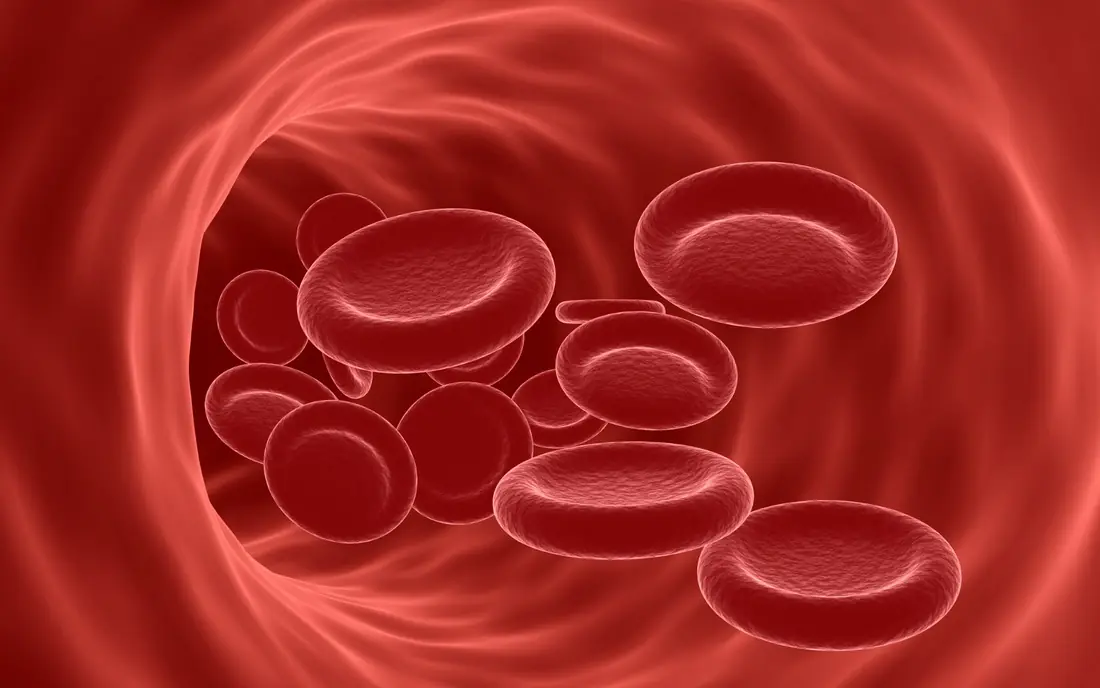
Surprising Health Benefits of Chicken Feet That Will Change the Way You Eat
Chicken feet may not look glamorous, but their nutritional profile proves they deserve a place at your table.
Nasopharyngeal cancer is a rare but dangerous condition that often mimics common illnesses, making it easy to overlook. The earlier it is detected, the greater the chance of effective treatment—yet in many cases, symptoms are ignored until the disease has advanced.
Here are seven warning signs you should pay close attention to:

A chronic sore throat that does not improve with usual remedies may be an early sign of nasopharyngeal cancer. Many people mistake it for a lingering cold, flu, or even tonsillitis. This happens because a growing tumor irritates and damages the throat lining, leading to ongoing pain that gradually worsens. Patients often report difficulty swallowing both saliva and solid food, sometimes accompanied by a burning or tightening sensation. Unlike common throat infections, this discomfort tends to persist for weeks or months.
When the cancer spreads toward the skull, it may press on nearby nerves, triggering recurring headaches. Unlike tension headaches, these are usually dull, persistent, and localized—often affecting just one side of the head, the temples, or the crown. Because the pain pattern can resemble neurological or brain-related issues, patients often misinterpret it and delay seeking proper examination.
Swelling of the lymph nodes in the neck is one of the most common and noticeable symptoms. At first, these lumps may be small, painless, and only detectable by touch. Over time, they grow larger, become harder, and may appear fixed to the surrounding tissues rather than moving under pressure. In advanced cases, these lumps can cause visible deformities in the neck or jaw area, making them difficult to ignore.
Early stages of nasopharyngeal cancer often resemble sinus infections or seasonal allergies. A blocked or runny nose affecting only one side should raise concern, especially if it doesn’t respond to medication. In some cases, it may be accompanied by nosebleeds or blood-streaked mucus, which is a significant red flag. Persistent congestion on one side of the nose that worsens over time is not something to dismiss.
A constant ringing sound in the ear (tinnitus) or unexplained hearing loss in just one ear is another warning sign. This occurs when the tumor interferes with the auditory nerve or middle ear function. Unlike typical ear infections, the symptom does not resolve with antibiotics or ear drops. Patients often describe a feeling of “fullness” or “pressure” inside the ear, which can progress into partial hearing loss.
In more severe cases, the cancer may spread toward the ear canal or middle ear. This can cause abnormal discharge such as pus or even bleeding. While it may first appear similar to an ear infection, the persistence and severity of the discharge indicate something more serious. Over time, this can result in chronic infection and permanent hearing damage if left untreated.
As the tumor enlarges, it can press against the cranial nerves, leading to numbness, tingling, or weakness on one side of the face. Patients may notice difficulty moving facial muscles, controlling expressions, or even chewing properly. In some cases, the face may appear slightly drooped, mimicking symptoms of other neurological conditions. This is often a late-stage sign and requires immediate medical evaluation.

Chicken feet may not look glamorous, but their nutritional profile proves they deserve a place at your table.








Your kidneys quietly work around the clock to filter waste, balance fluids, and regulate blood pressure—yet most people neglect them until problems arise. Starting your morning with simple, kidney-friendly drinks can protect these vital organs and set t















Chicken feet may not look glamorous, but their nutritional profile proves they deserve a place at your table.








It’s not a secret storage space but a carefully designed gusset that enhances hygiene, improves comfort, and makes your underwear last longer.







When life ends, the body immediately begins its natural process of decomposition